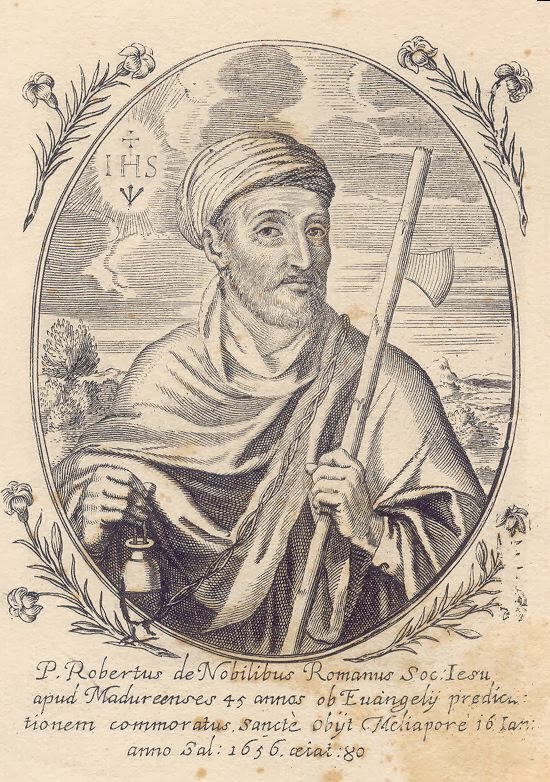While browsing the internet I stepped into a news item, that took my memory to an incident which happened long back, some time in 1958 or 59. I was returning from Madras to Coimbatore by Nilgiri Express. When the train started from Central two gentlemen rushed to the compartment and got in. It was a third class reserved compartment for sitting. In those days there was no sleeper Compartments. One person was fair and lean, wearing Khadi kurtha, dhothi and a towel over his shoulder and the other was little dark complexioned wearing white shirt, dhothi and a towel over his shoulder. They were allotted seats nearby in the same bench. They were carrying ordinary bags containing their clothes and some documents. They were discussing some politics and the assembly proceedings for some time. The ticket examiner came and when he saw them he respectfully enquired about their welfare and asked whether they would like to upgrade their tickets to travel by first class. The two gentlemen told that it is OK for them to travel by third class.
The fair gentleman turned to me and introduced himself as K.R.Nallasivam, MLA from Chennimalai and the other was N.K.Palaniswami also a MLA ( Communist) from next constituency. He told they would get down at Erode, till then we can adjust and sleep in the available space on the bench.In the meanwhile Sri.Palaniswami climbed up on the luggage rack and spread his towel to sleep. I could not believe at the simplicity and ease with which they moved with others. Later I came to know that Sri K.R.Nallasivam from Kodumudi was an agriculturist and respected Congressman turned staunch Socialist and spent his entire life in the service of people.
He was an MLA for nineteen years from 1952 to 1971 , but did not own any property.
Now please read the news item in the following URL:
The Hindu : Tamil Nadu / Erode News : Cheque given to former MLA’s wife
ERODE:Saturday, Feb 16, 2008:The wife of a former MLA was presented a cheque for Rs. 2 lakh.
K.R. Nallasivam, a veteran Socialist leader and All India President of SP, represented the then Chennimalai Constituency as MLA from 1952 to 1957, again from 1957 to 1962 and also from 1962 to 1967.
Then, after formation of Modakurichi constituency in 1967, he became the first MLA of the constituency of the Socialist Party contesting on the banyan tree symbol. He represented the constituency till 1971. He died in 1975 after a brief ailment.
He left behind his wife, son and daughter. He was not having any immoveable property and on lease he and his son maintained four acres of land, owned by the Thiruvaduthurai Aadheenam.
After his death his son is maintaining the land. Nallasivam’s wife Saraswathy aged 72 now, and her son N. Ravindran are in poor status.
Coming to know of this, the present Congress MLA representing Modakurichi, R.M. Palanisamy, raised the issue in the Tamil Nadu Legislative Assembly and spoke about the family circumstances of K.R. Nallasivam.
Immediately, Chief Minister M. Karunanidhi declared that on behalf of the Tamil Nadu Government, a sum of Rs. 2 lakh would be given to N. Saraswathy, wife of late K.R. Nallasivam.
The cheque for Rs. 2 lakh was handed over to her on Thursday by the Handlooms and Textiles Minister N.K.K.P. Raja in the presence of R.M. Palanisamy MLA and Chairman of the Erode Panchayat Council S.V. Saravanan.
Receiving the cheque, N. Saraswathy thanked the Chief Minister for the timely help rendered to her.
Brahmanyan,
Bangalore.




,_gravure.jpg)